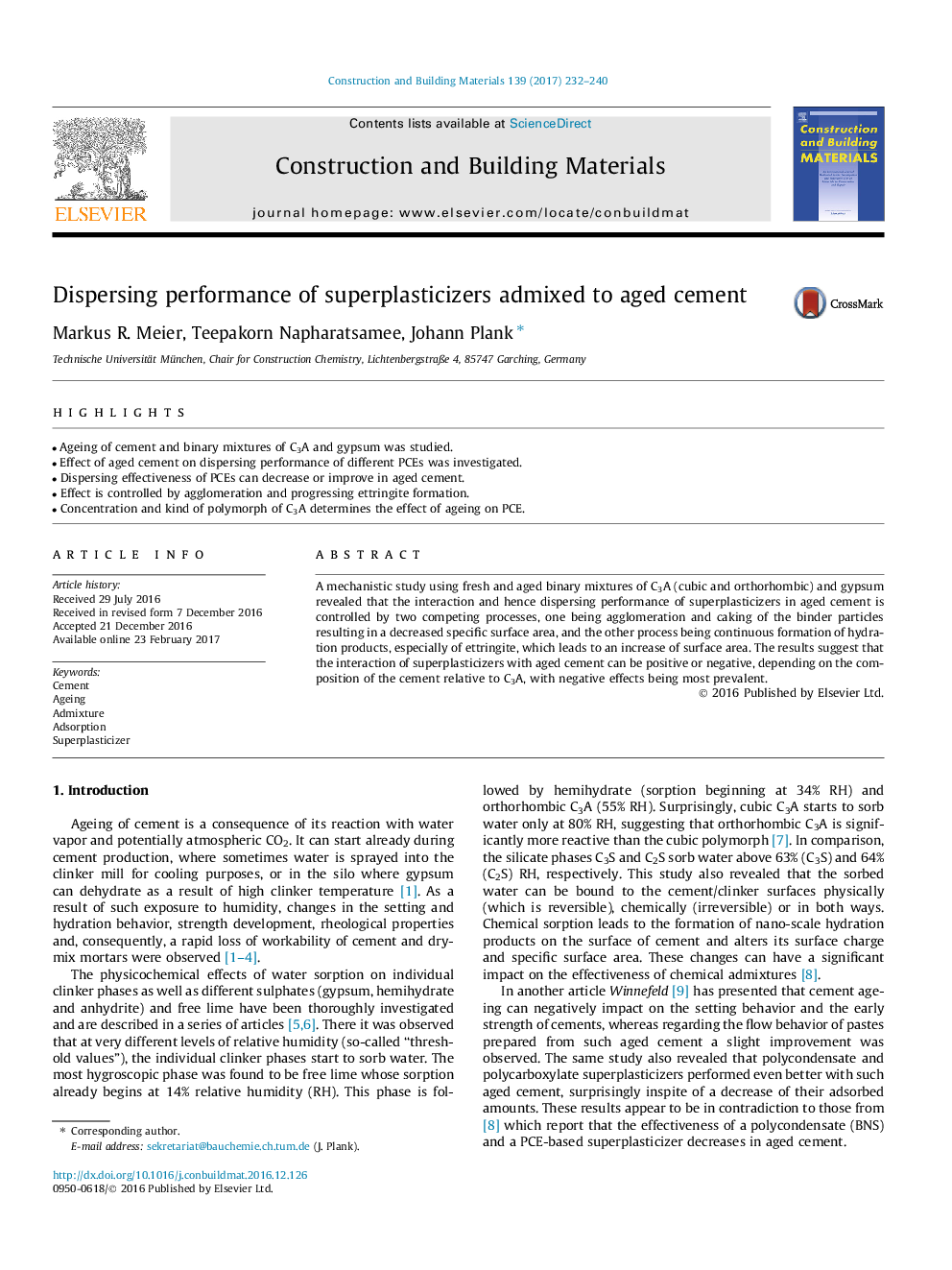| Article ID | Journal | Published Year | Pages | File Type |
|---|---|---|---|---|
| 4913496 | Construction and Building Materials | 2017 | 9 Pages |
Abstract
A mechanistic study using fresh and aged binary mixtures of C3A (cubic and orthorhombic) and gypsum revealed that the interaction and hence dispersing performance of superplasticizers in aged cement is controlled by two competing processes, one being agglomeration and caking of the binder particles resulting in a decreased specific surface area, and the other process being continuous formation of hydration products, especially of ettringite, which leads to an increase of surface area. The results suggest that the interaction of superplasticizers with aged cement can be positive or negative, depending on the composition of the cement relative to C3A, with negative effects being most prevalent.
Related Topics
Physical Sciences and Engineering
Engineering
Civil and Structural Engineering
Authors
Markus R. Meier, Teepakorn Napharatsamee, Johann Plank,
